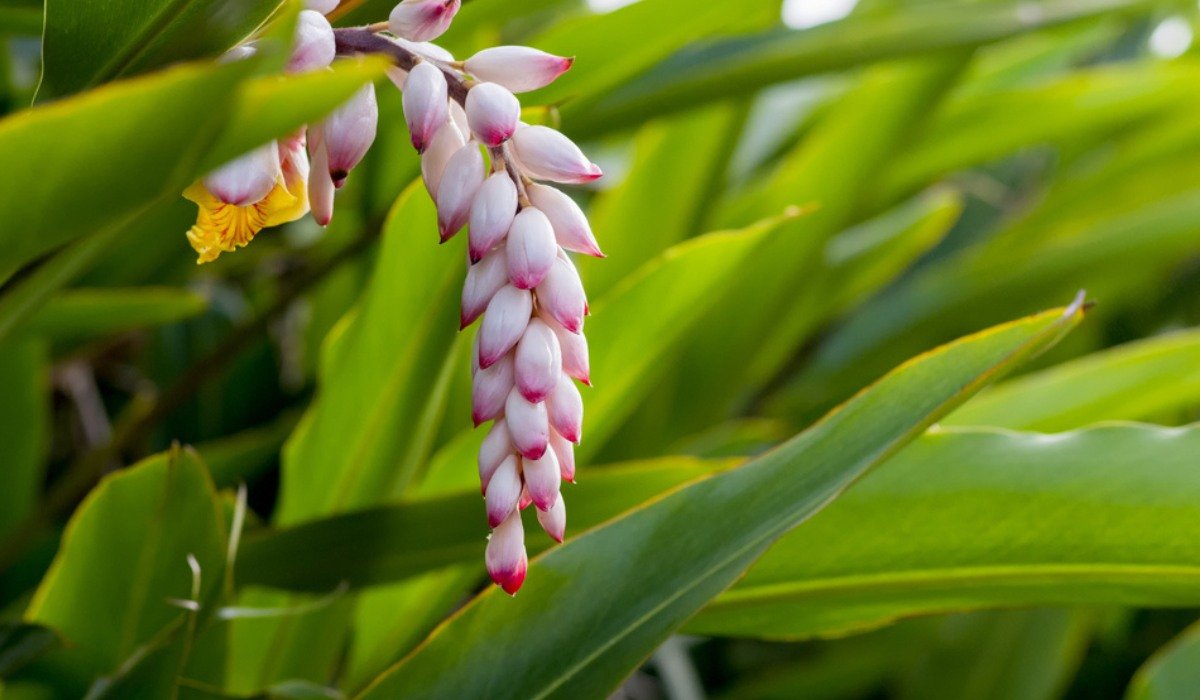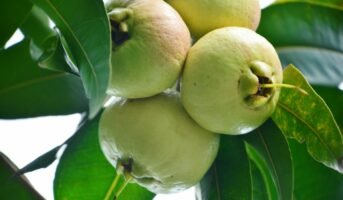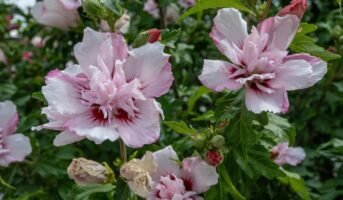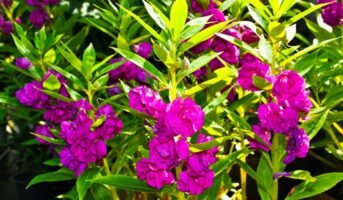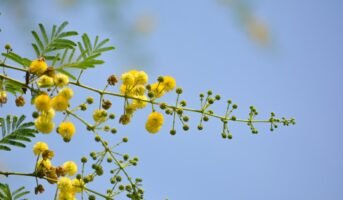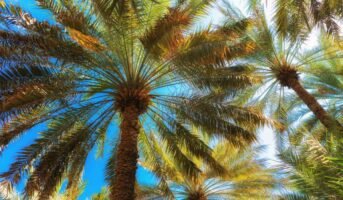Alpinia zerumbet, or shell ginger, is a shrub or small tree that grows in the rainforests of Southeast Asia. It is native to Malaysia, Indonesia, and Papua New Guinea. The plant has a very strong scent, which can be harmful if inhaled.
However, it can be used for perfumes as well as other products that need a strong smell, such as incense. It is a unique and beautiful addition to your garden.

Source: Pinterest
Alpinia zerumbet: Quick facts
| Plant name | Alpinia zerumbet |
|---|---|
| Common name | Shell ginger |
| Family | Zingiberaceae |
| Mature size | 2-3 m tall |
| Cultivation | Tropical regions |
| Water | Average |
| Maintenance | Average |
| Soil type | Clay, loam, sand |
| Benefits | Medicinal: Analgesic, purgative, sedative, anti-inflammatory, cardiovascular |
Alpinia zerumbet: Description

Source: Pinterest
Alpinia zerumbet is a tropical plant that grows in warm, moist climates. It has a medium-sized, oval flower and grows to be about 4 feet tall. The leaves are tough and thick, with deeply cut edges. It is a tropical evergreen tree with thick, silver-white bark. It grows up to 20 metres tall.
The leaves are oblong, 10-15 cm long and 2-5 cm wide at the base. The flowers are yellowish, solitary or paired in racemes up to 25 cm long. The fruit is a berry around 3 mm in diameter (2/3 inch), and the seeds are black and shiny.
Alpinia zerumbet: How to grow?
If you live in an area with warm temperatures and plenty of sunlight, then you can choose to grow your Alpinia outdoors. If you live in a colder climate or if there isn’t enough sunlight to support your Alpinia zerumbet plant, then you can grow it inside instead.
Prepare your soil by adding compost or manure to improve its texture and fertility. Then water it well so that it drains properly through the root zone into the surrounding soil around it. Do not allow any standing water in this area after watering because this will encourage fungal growth, which could damage your plants’ roots over time if left unchecked.
- Plants are propagated through stem division and repotting in late spring and early summer.
- It is necessary to remove the large clump of shell ginger from the pot and divide it into several small clumps with one or two new shoots per clump.
- Plant the roots and underground stems of the bushes in a pot after they have been divided.
- The roots of shell ginger will not grow until two months after planting in the ground or in containers when planted in the ground.
- By cutting off some leaves at the lower part of the stem when dividing the plant, you can increase the plant’s survival rate.
Alpinia zerumbet: Maintenance tips
- Alpinia zerumbet needs to be watered regularly during the growing season. This plant is susceptible to rot from lack of water, so make sure you give it at least 1 inch of water every week or two during the summer months.
- You should also check the soil once or twice per month to make sure there isn’t any drought-related damage, which could lead to disease or death. When watering, try not to get any of the soil into the leafy parts of the plant, as this could cause rot issues later on down the line if left untreated.
- Alpinia zerumbet plants need fertiliser at least once every month or two if they’re going through their winter.
- It is a slow-growing plant, which means it has a low water requirement.
- It requires full sun or partial shade to grow well.
- Alpinia zerumbet grows best in warm climates but can be grown indoors in cold areas as well.
- To keep Alpinia zerumbet healthy, avoid overfeeding and overwatering.
Alpinia zerumbet: Uses
Medicinal use
- The Alpinia zerumbet plant is native to the Philippines. It has been used for centuries as a medicinal plant, and it is still used today in traditional medicine.
- It contains many active constituents, including tannins and alkaloids, which have been shown to have anti-inflammatory properties.
- Alpinia has been traditionally used as a remedy for cough and cold. The plant contains essential oils that can help relieve pain, fever, and other types of discomfort.
- The plant also helps relieve stomach aches, indigestion and diarrhoea.
General uses
- The pulp of Alpinia is used to make paper.
- Fibre from the leaves is used to make rope.
Alpinia zerumbet: Toxicity
Some members of the Alpinia genus produce symptoms, but this is not a highly toxic plant. Most reactions will likely be limited to mild irritation of the skin or eyes. Gardeners and floral workers are more at risk than average homeowners since most symptoms occur after handling leaves, stems, or roots.
FAQs
Can Alpinia zerumbet be grown indoors?
If your outdoors does not have ample sunlight, growing it indoors is a better option.
What is the most successful way to care for Alpinia zerumbet?
To prevent it from getting stressed during hot and dry periods, grow it in part shade. Although capable of surviving dry spells if watered well during summer, this plant often gets scorched if not watered regularly.
Housing News Desk is the news desk of leading online real estate portal, Housing.com. Housing News Desk focuses on a variety of topics such as real estate laws, taxes, current news, property trends, home loans, rentals, décor, green homes, home improvement, etc. The main objective of the news desk, is to cover the real estate sector from the perspective of providing information that is useful to the end-user.
Facebook: https://www.facebook.com/housing.com/
Twitter: https://twitter.com/Housing
Email: [email protected]
